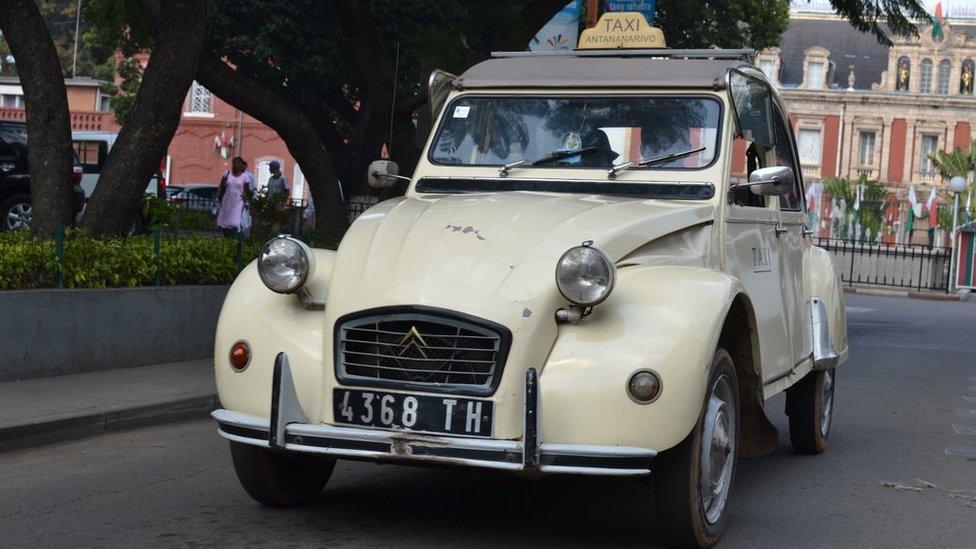Cape cormorants: Caring for South Africa's chicks abandoned in wild
- Published
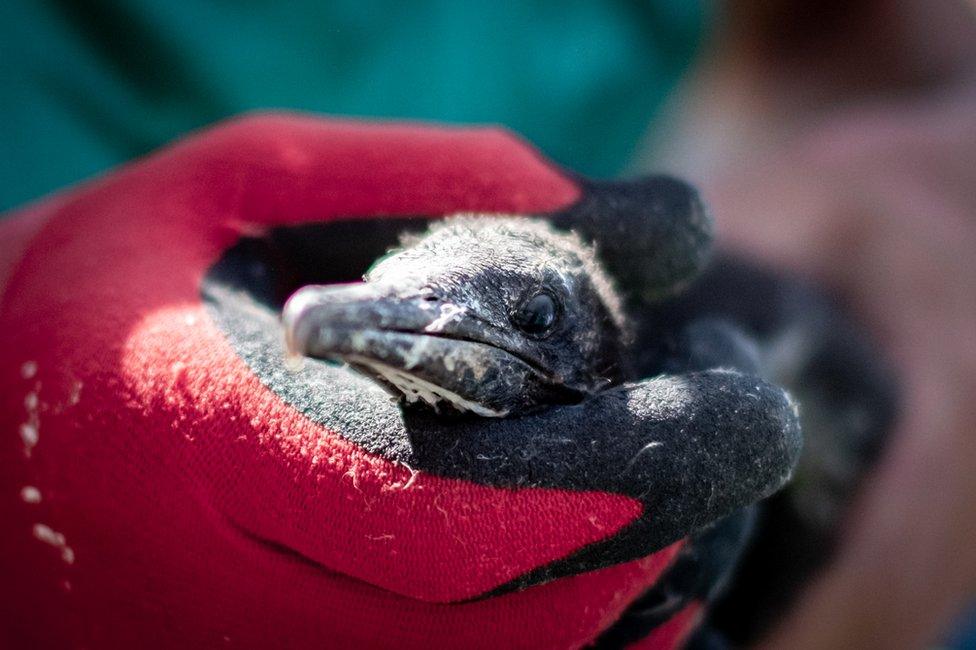
Off the coast of Cape Town, South Africa, the sudden abandonment of more than 1,700 Cape cormorant chicks has sparked the largest seabird rescue mission the country has seen in 20 years.
The Southern African Foundation for the Conservation of Coastal Birds (Sanccob) is caring for the chicks until they are ready to be released back into the wild.
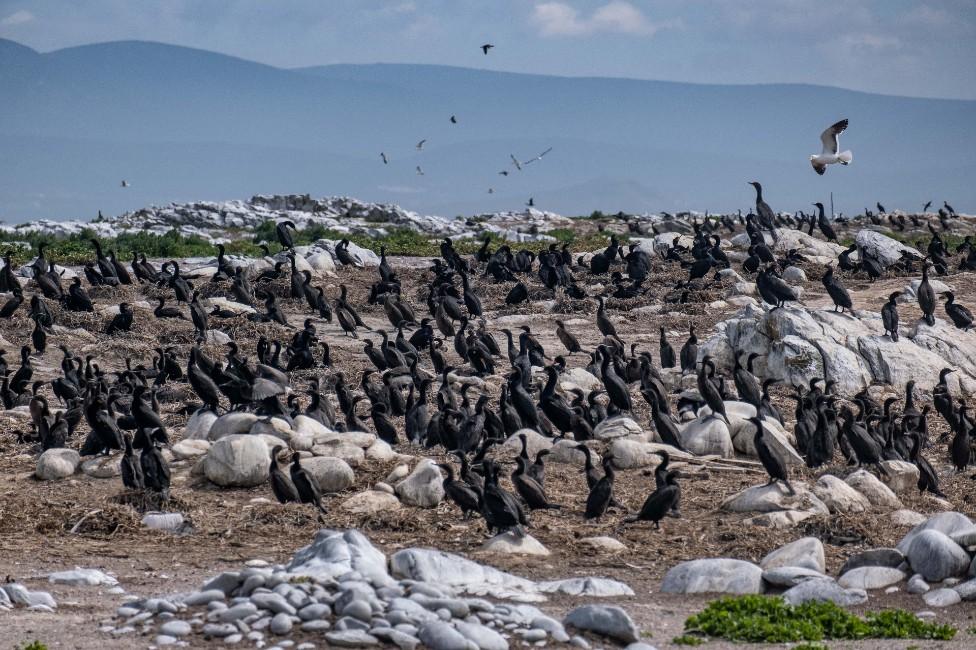
On 11 January, ranger Andile Mdluli was conducting a regular patrol on Robben Island, most famous as the place where Nelson Mandela was imprisoned, when he noticed that almost all of the island's thousands of adult Cape cormorants had disappeared. Unprotected, their chicks were being picked off by predators in their nests.
"It was just carnage, with kelp gulls and ibises coming for these chicks," says Lauren Waller, a seabird scientist at Sanccob.
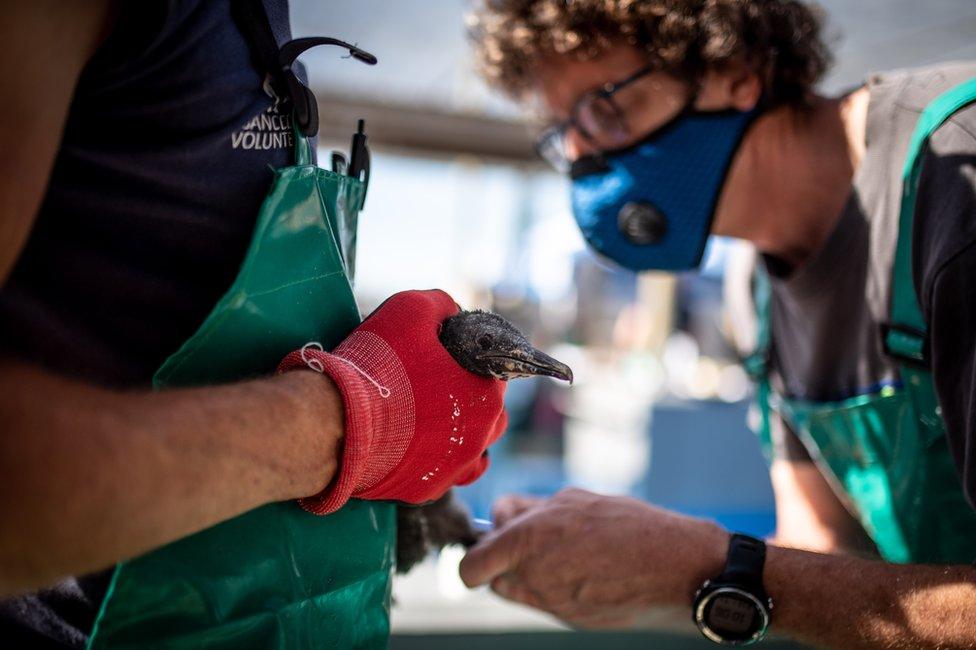
Initially, it was thought the birds might have temporarily gone to sea to escape the mid-summer heat.
But when, by the next morning, the parent birds had still not returned, an operation was launched to bring the chicks back to Sanccob. When a similar abandonment occurred on a neighbouring island the following week, a further 173 chicks were brought in.
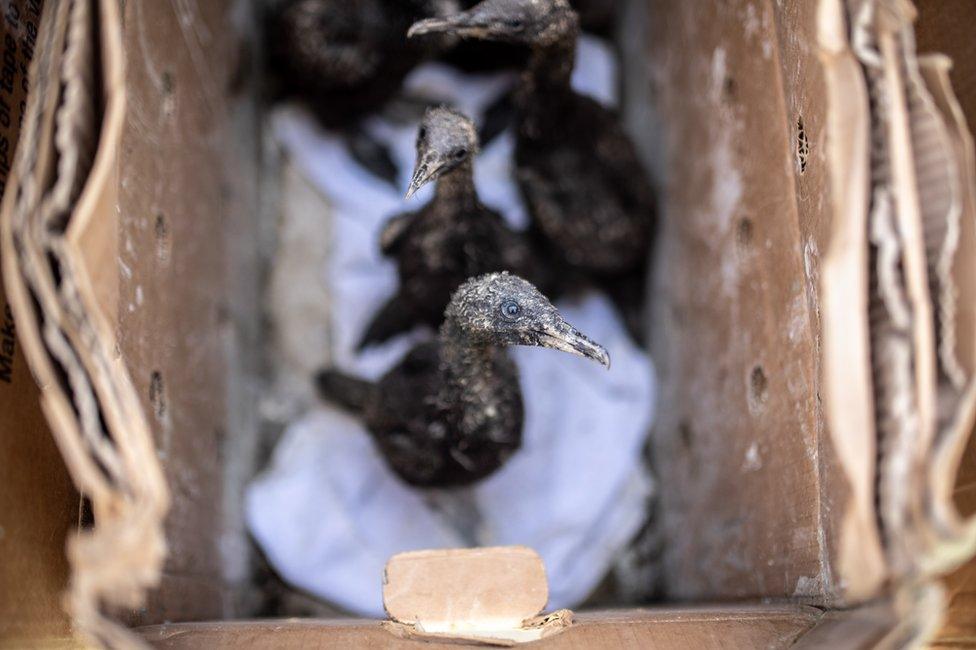
Now groups of several hundred cormorant chicks are scattered through the Sanccob premises, in pens, enclosures and dozens of large, cardboard boxes lined up along the corridors.
In the Intensive Care Unit, scores more lie on piles of donated beach towels under warming infrared lights, fighting an array of medical conditions linked to their ordeal since the abandonment.
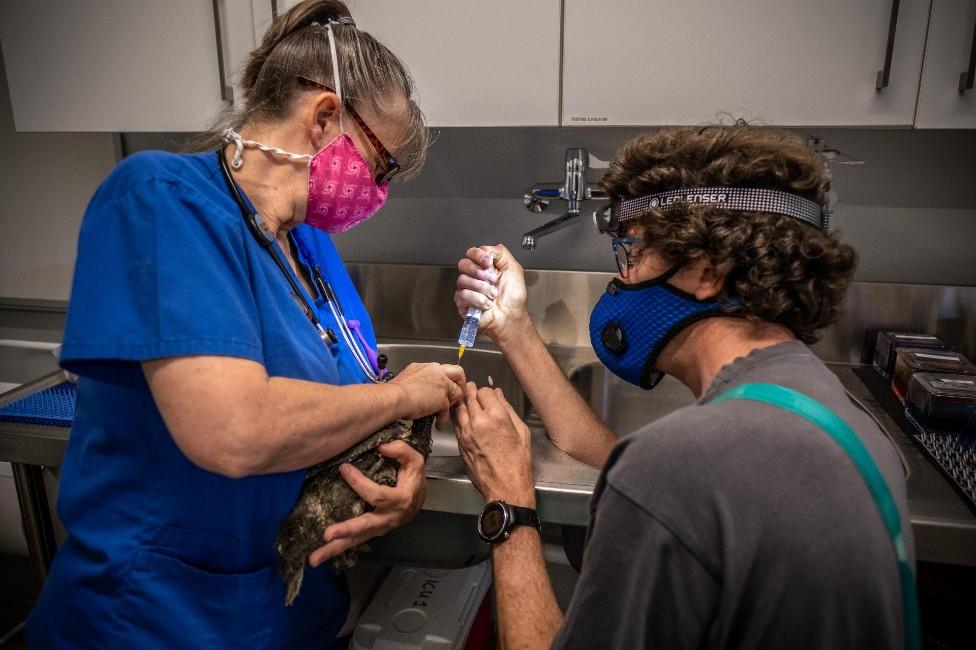
"We really have to keep an eye on them in the ICU," says Emily Howard, 24, a former intern drafted back in to help deal with the cormorant crisis.
"They're very sensitive to stress, even noise can push them over the edge. But we're hoping to get them strong enough to get them back outside."
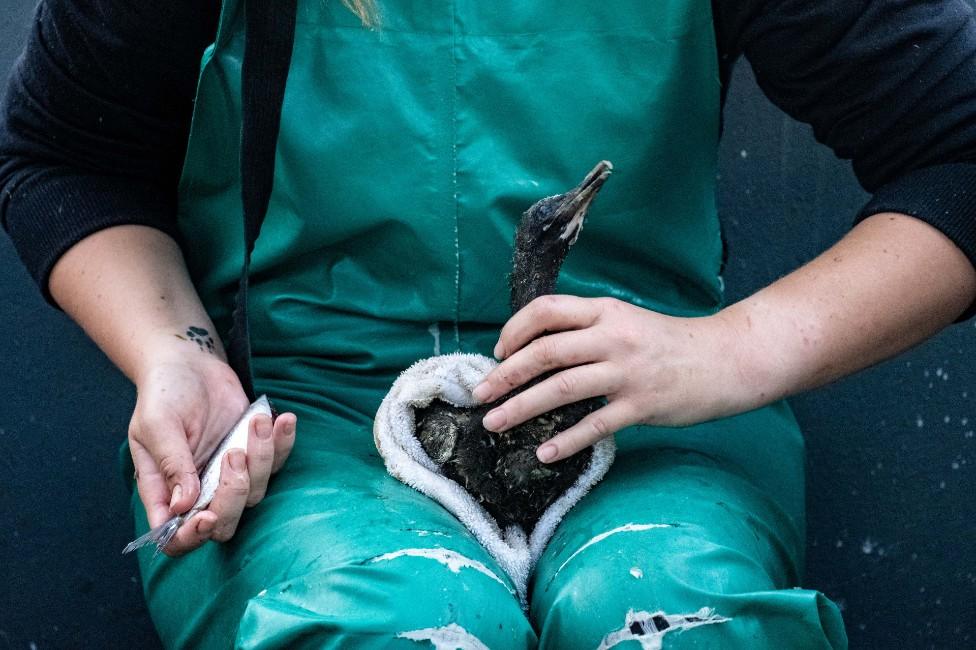
According to veterinarian François Lampen of the Ushaka Marine World, an aquarium in KwaZulu-Natal province, who had flown in to support the Sanccob staff, the main issue is undernutrition, followed by opportunistic infections. Many died during the first days after the rescue.
"It's an incredibly difficult task to try and raise cormorant chicks," explains Mr Lampen, who is concerned about the risk of respiratory infections, with so many birds living in such close proximity.
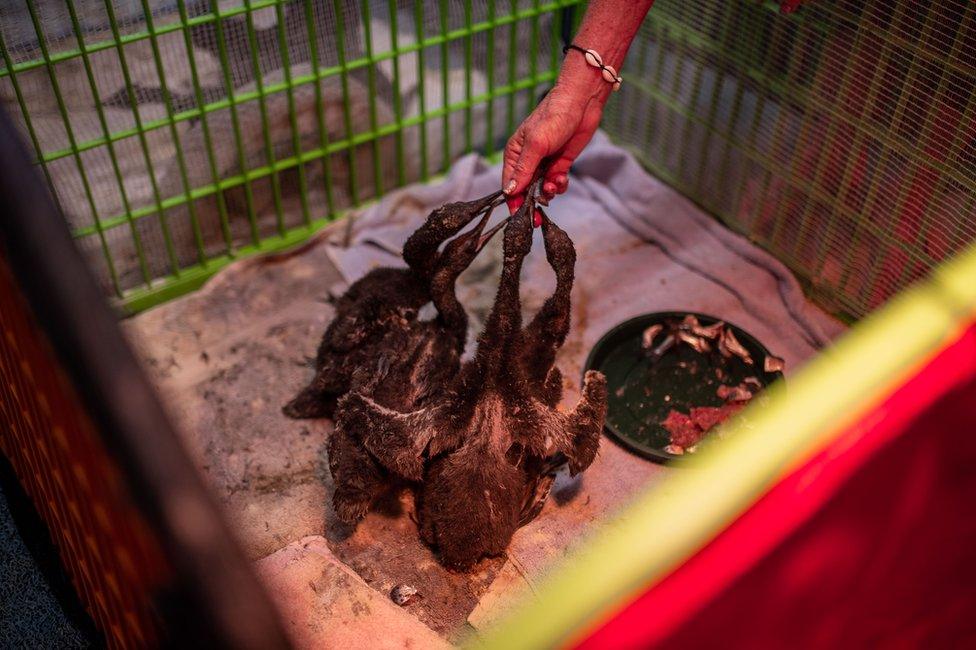
Cape cormorants are listed as endangered by the International Union for Conservation of Nature (IUCN), due to the steep declines seen in their numbers over the past three generations.
This is widely believed to be a result of declining stocks of small fish such as sardines and anchovies.
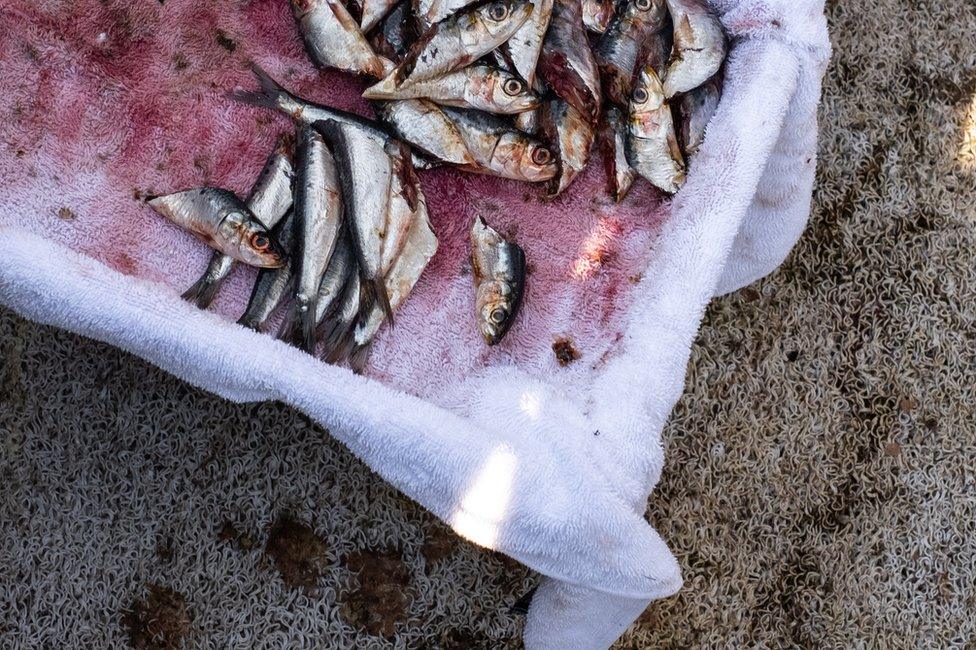
According to Sanccob's research manager Katta Ludynia, the abandonment of the chicks on Robben Island is likely to be a result of a current shortage of food.
Inconsistencies in the availability of food, combined with the effects of climate change, are thought by scientists to have disrupted the natural breeding cycles of multiple seabird species off the Cape and hampered the process of rearing chicks.
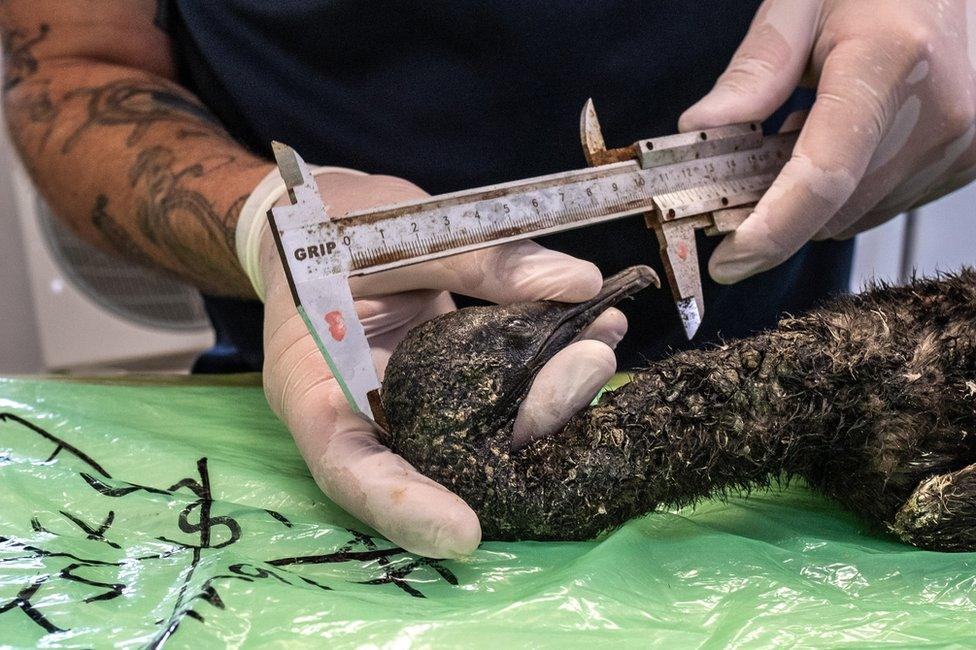
Numbers of the much-loved African penguin, which like the Cape cormorant relies heavily on sardines and anchovies for its survival, have also plummeted in recent decades, from around 150,000 breeding pairs in the 1950s to just 13,300 in 2019.
Comorants are "as endangered as African penguins", says Ms Ludynia, but "because they're always in large flocks people don't realise".
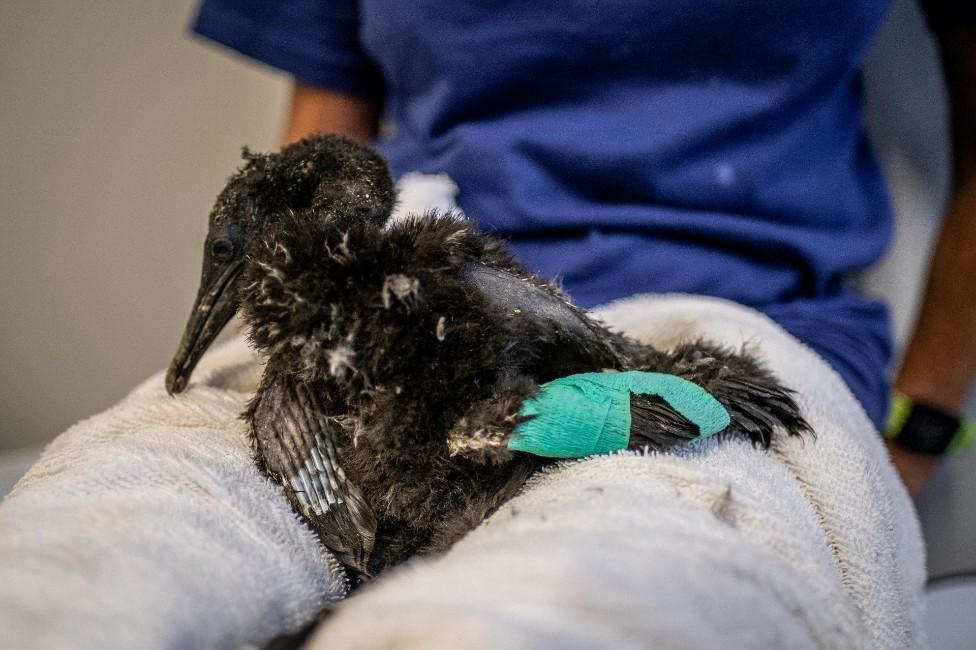
The scale of the operation now under way is daunting.
It is thought it will take around two months for most of the surviving rescued chicks to reach a stage of development where they can hope to fend for themselves in the wild.
During that time, they will in all eat roughly 20 tonnes of sardines.
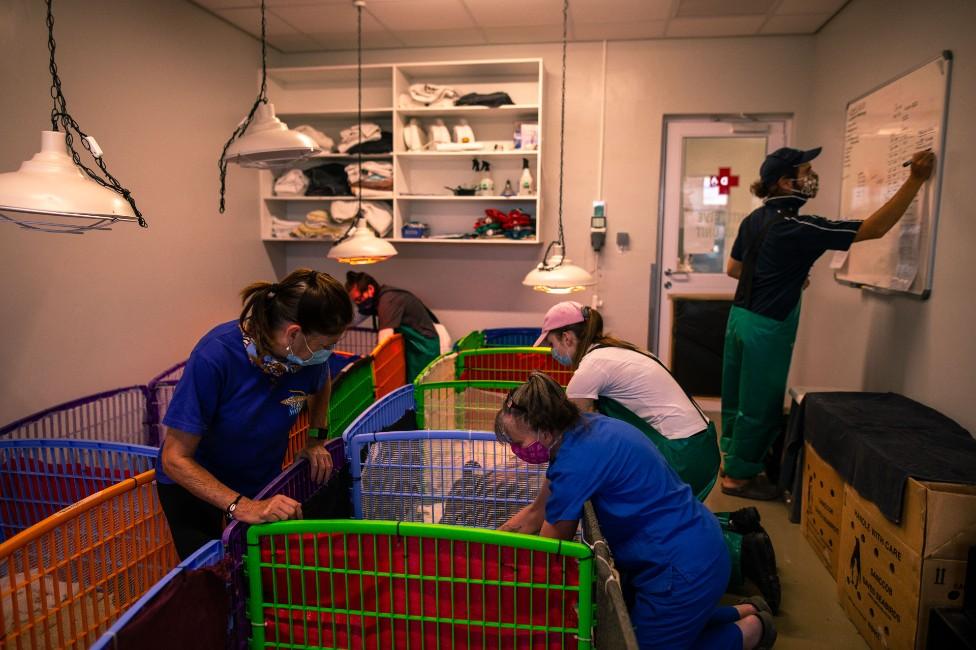
Another commodity suddenly in high demand is towels, which are used for bedding among other things. So far, local hotels and community members have donated more than 1,000.
But with chick mortality rates having fallen after the first week, Sanccob staff hope the worst may now be behind them.
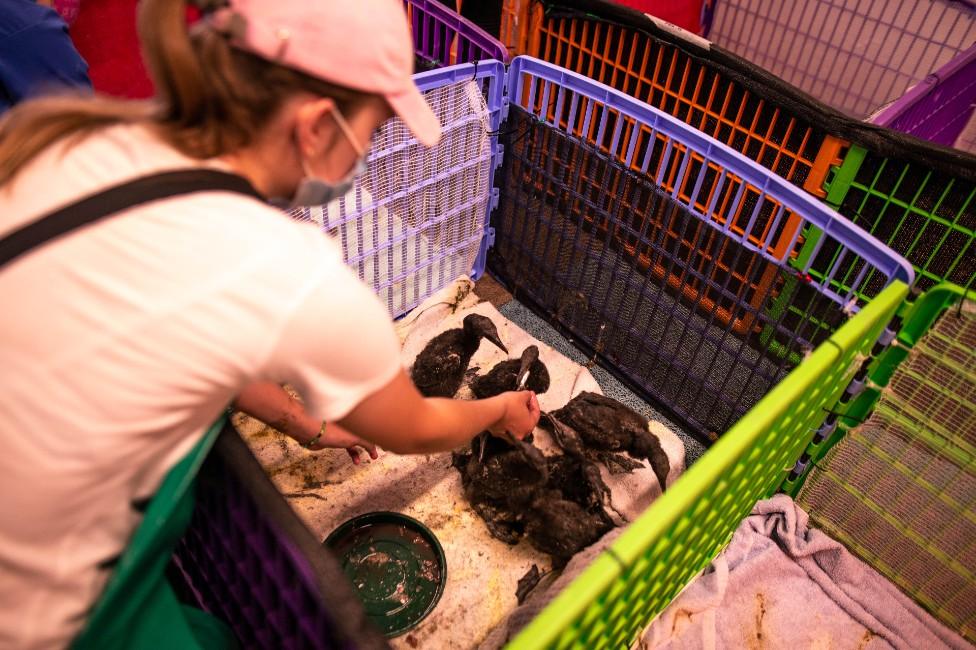
"The first few days were hectic," says researcher Albert Snyman, who is responsible for conducting post-mortem examinations on the all the birds that die at Sanccob.
"These events don't come with a warning. But you've got to stay positive, because there's not much else you can do but work through it".
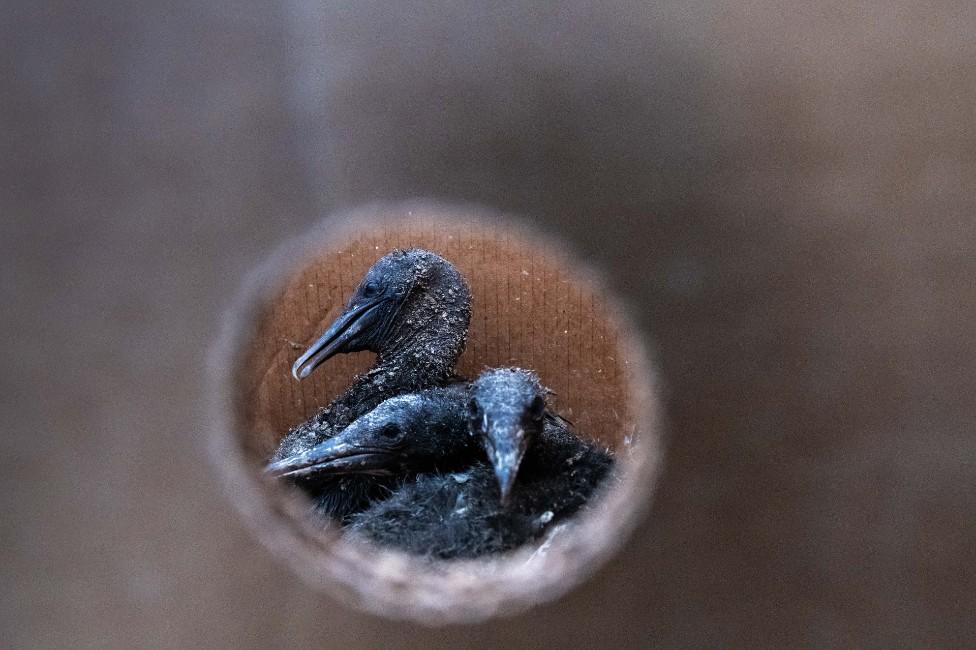
All photos subject to copyright.
Related topics
- Published6 June 2020
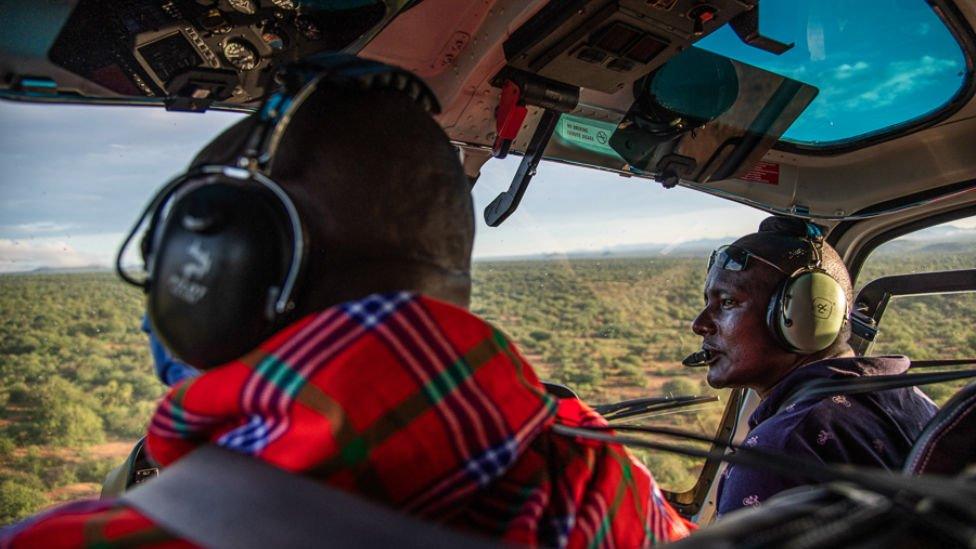
- Published2 December 2020
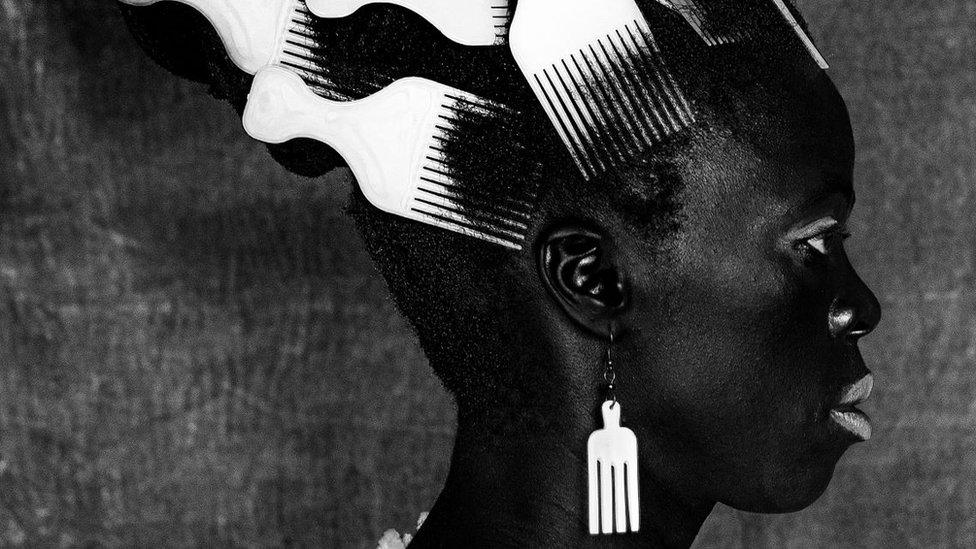
- Published6 January 2020
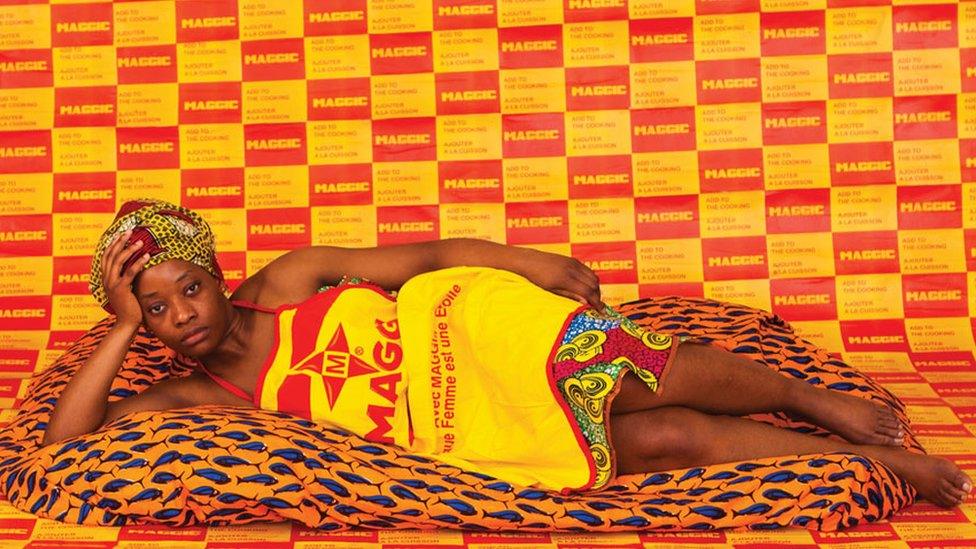
- Published10 November 2019
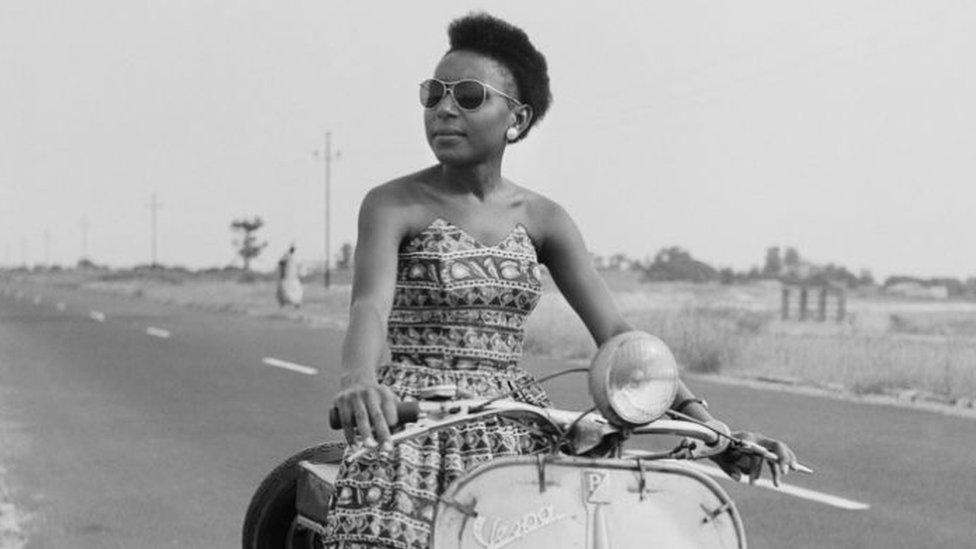
- Published25 June 2018

- Published22 May 2018
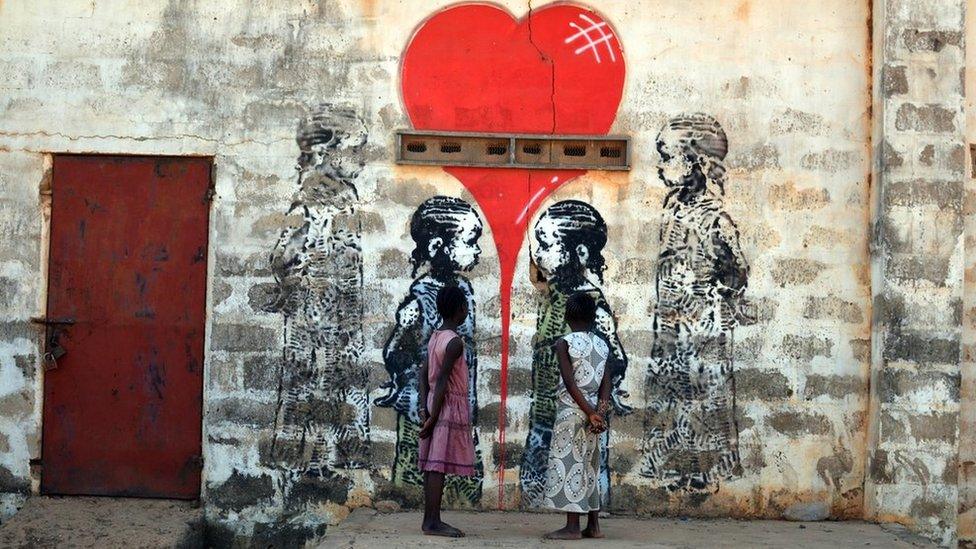
- Published29 October 2017
